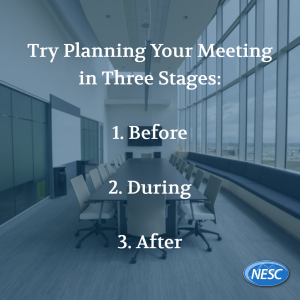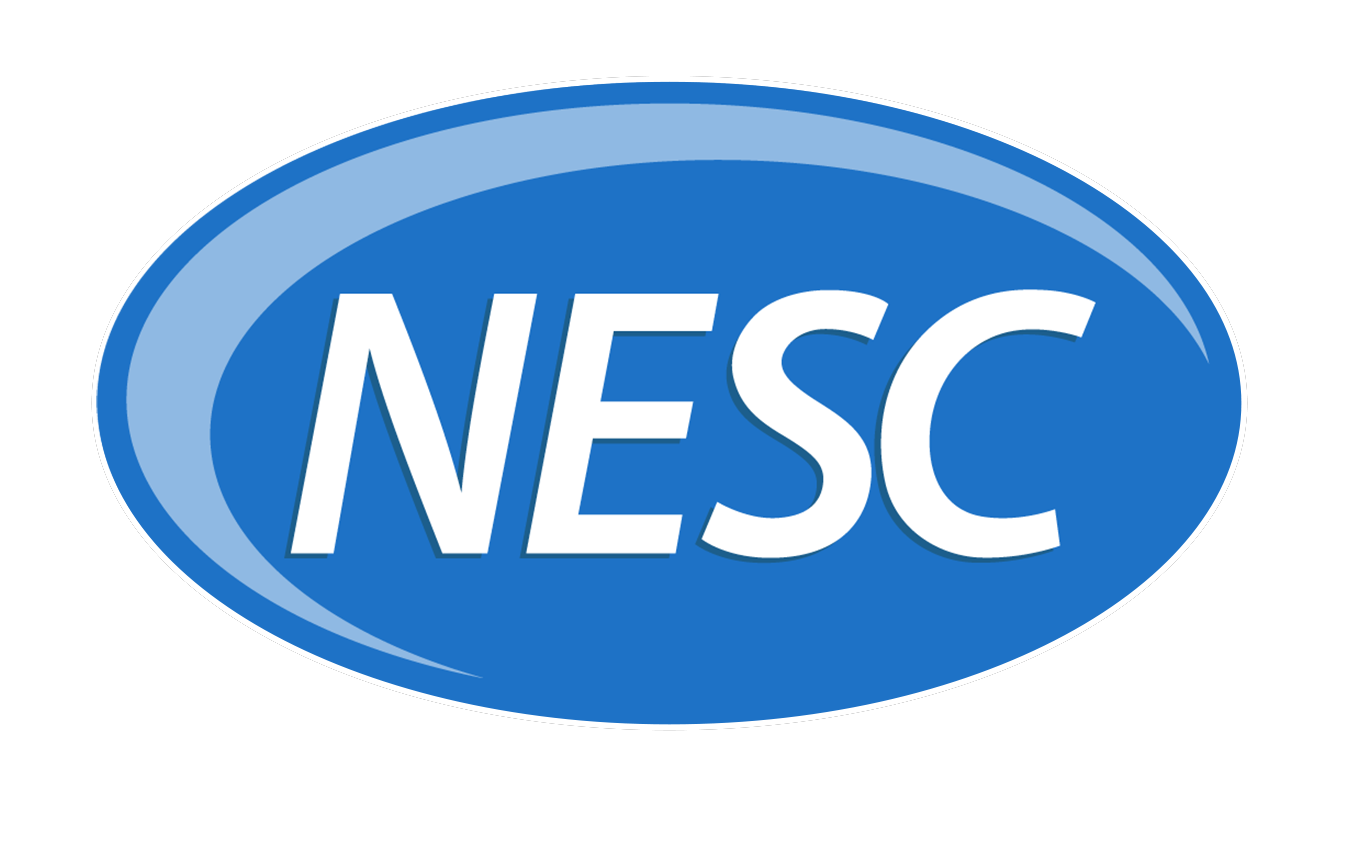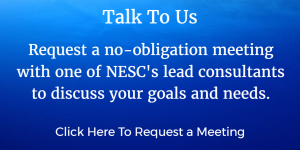Do people arrive late? Skip meetings? Do members come unprepared? Is precious meeting time spent on unproductive items? With board meetings at the center of most members’ nonprofit experience, efficient and rewarding sessions are paramount. Naturally, Board Chairs want each member to leave feeling time was well-spent, and even eager to come back. True, avoiding typical time-wasting traps adds to a Board Chair’s long list of responsibilities, but in the long run, time spent sidestepping habits that sap strength and interest is well worth it.
 Try planning your meeting in three stages, keeping in mind that each stage is equally important.
Try planning your meeting in three stages, keeping in mind that each stage is equally important.
- Stage One: BEFORE – the preparation
Do all you can to hit the ground running.
Structure and distribute an agenda that concentrates on items that can be – and need to be – discussed and decided upon at the meeting. Focus on oversight, strategic and planning topics.
Put routine business at the end, so that discussions don’t accidentally get bogged down on the obvious or procedural.
Well ahead of each meeting, provide all the materials members need to arrive prepared. Make it clear that members are responsible for doing so. Hold each other accountable. Preparation of this kind takes time on the part of the facilitator as well as the attendees, but members will appreciate being on the same page from the moment the meeting is called to order.
Consider using Consent Agendas, to limit board meeting discussion time spent on items that could have been reported on and reviewed prior to the meeting.
Provide Dashboards. These, too, require prep time on the part of the facilitator, but they save significant meeting time when put into action. Dashboards provide a single page of key indicators such as financial health, fund-raising goals or recent highlights and ensure that participants have what is needed (and not unnecessary detail) for solid, informed participation.
Future posts will detail what we have found to be best practices for both Consent Agendas and Dashboards, so stay tuned.
Stage Two: DURING – the board meeting
This one’s simple. Stick to the agenda! Beware of being seduced by time traps and tangents. Concentrate on what is relevant and needs board discussion now, such as strategies, oversight, and long-term planning. Know what decisions need to be made and reiterate them at the close of the meeting.
- Stage Three: AFTER – and in between meetings
After adjournment, ask for feedback, perhaps in the form of evaluation forms. And have some fun. Make time for members to socialize so that relationships are built and trust engendered.
Want to learn more? Click here to watch a video by Stanford Graduate School of Business about running effective board meetings.
Agree? Disagree? Share your thoughts in the Comments below.

